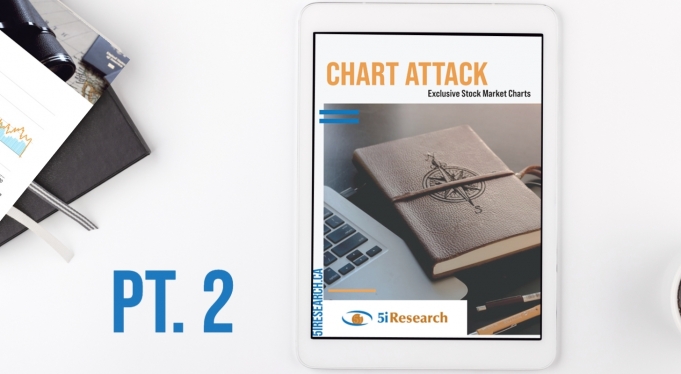We hope that by now, you had the opportunity to sign up to receive our Chart Attack Report. If not, feel free to go ahead via the link below.
Sign up to receive the charts here.
Last week, as a brief introduction, I walked you through the charts we included in this report and why. If you missed it, you can find it here.
This week, we will do the same for the Economy portion of the report.

Canada Headline CPI
This chart highlights the historical inflation rate for headline and core CPI. Typically, analysts view moderate inflation in the 1% to 3% range as ‘healthy’. However, if inflation gets out of control, it can create a lot of problems for the economy.
Consumer Confidence
When you look at this chart, due to the pandemic, it will look like thee is a data error in it. Restassured, the giant dip in consumer confidence is not an error, that is confidence plummeting as COVID hit consumers. Consumer confidence helps offer a bit of insight into the mentality of the consumers within an economy. If more confident, they will be more likely to spend money and invest in the future. Low confidence is followed by a lack of borrowing, excessive saving and lowered spending which can lead to an economic slowdown.
Canada PMI
The purchasing managers index is a survey that gives insight into the outlook for companies making purchasing decisions. A reading over 50 is viewed as positive and below 50 is negative. PMI can be a leading indicator where declining intentions of purchases can signal that an economic slowdown is on its way.
Commodity Indices
This chart shows various commodity prices. Sometimes, commodity price moves can also be a leading indicator. Since many commodities are the primary input into other goods, rising prices can signal that demand is increasing from producers/manufacturers as an economy is strengthening and vice versa.
USD/CAD Exchange Rate
While the exchange rate may not offer an investor a whole lot of insight into markets, understanding what the rate is compared to history can be a helpful gauge for Canadians who might want to invest in the US. Since the USD is considered a reserve currency, for now, it typically strengthens in times of crisis. In turn, having a bit of USD exposure can actually help to dampen volatility in a portfolio if you are a Canadian investor (markets go down in times of panic but USD strengthens).
Canada 10-year – 2-Year Bond Spread (Yield Curve)
Maybe a year ago, you could not step outside without hearing about the yield curve inversion. The yield curve has a very good track record of predicting a recession when it inverts. Ironically, even with the current recession, the yield curve seemed to ‘get it right’ (but of course the yield curve cannot/did not predict a pandemic black swan risk). Tracking the yield curve can be a useful tool in understanding the risks that bond markets are seeing in the economy.
If you think we are missing some key charts, please let us know in the comments below. Join me next week for the review of the last part of the report: Real estate
Stay Safe & Happy Investing,
![]()







Comments are disabled on this post.
Comments are disabled on this post.